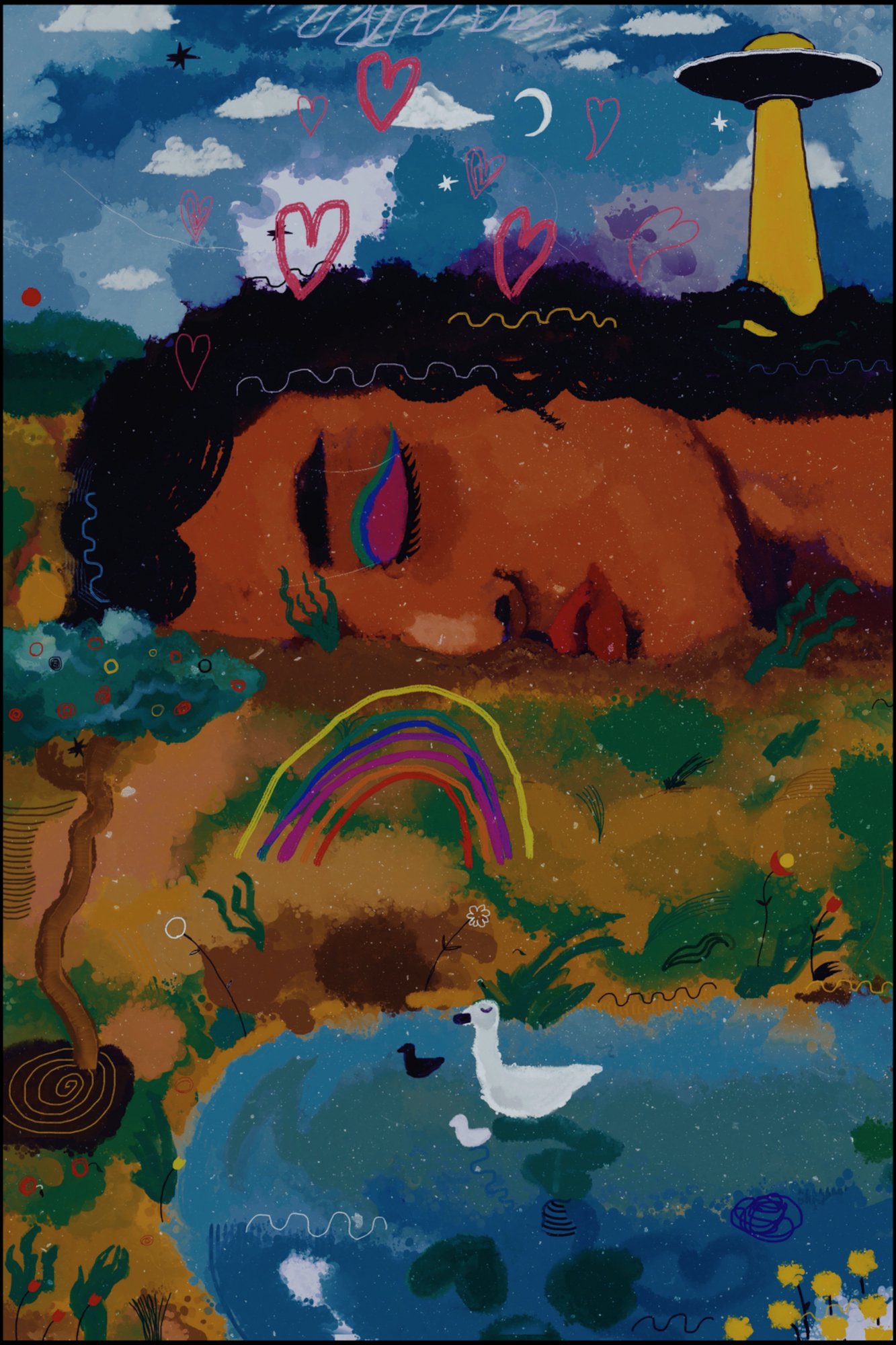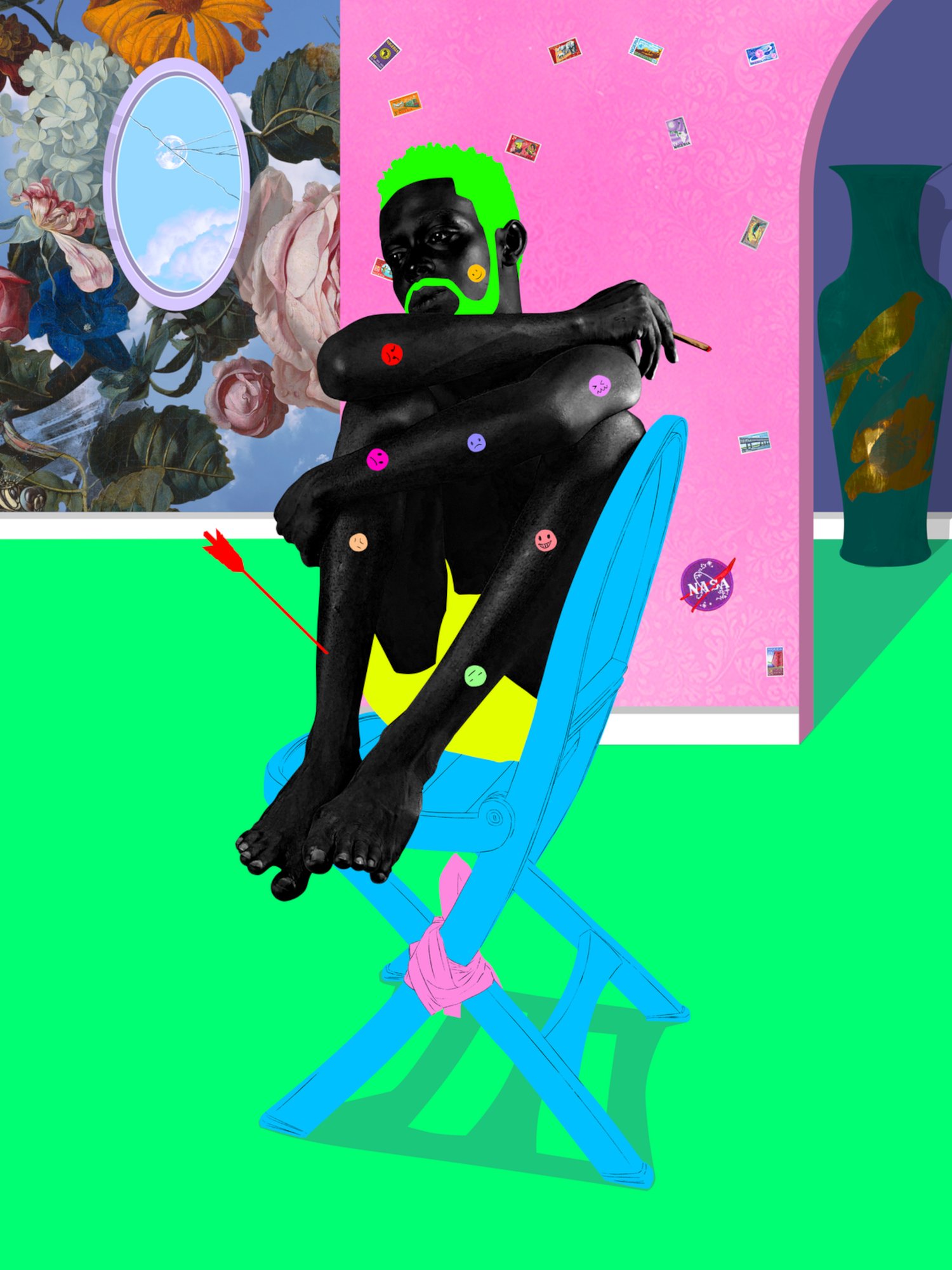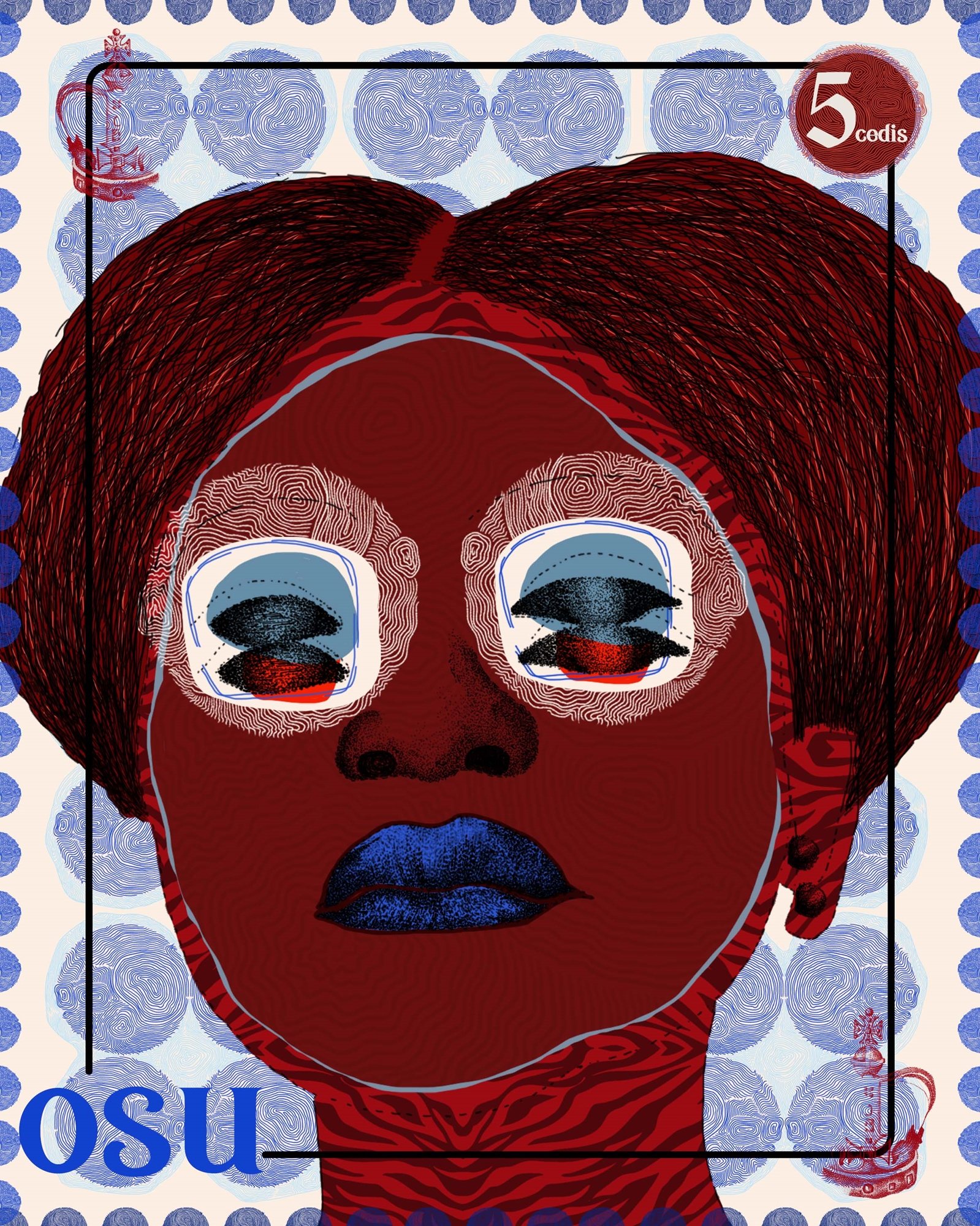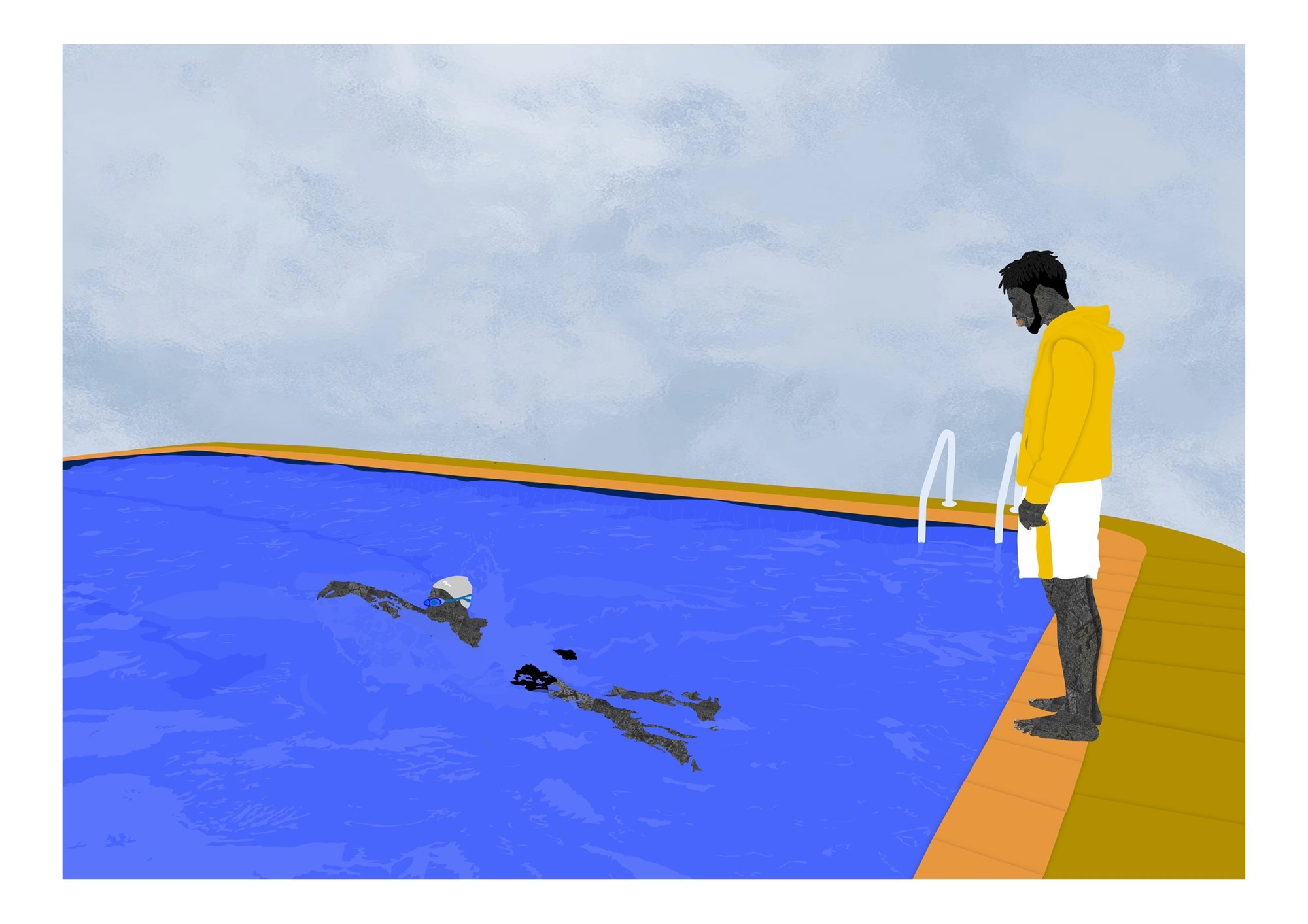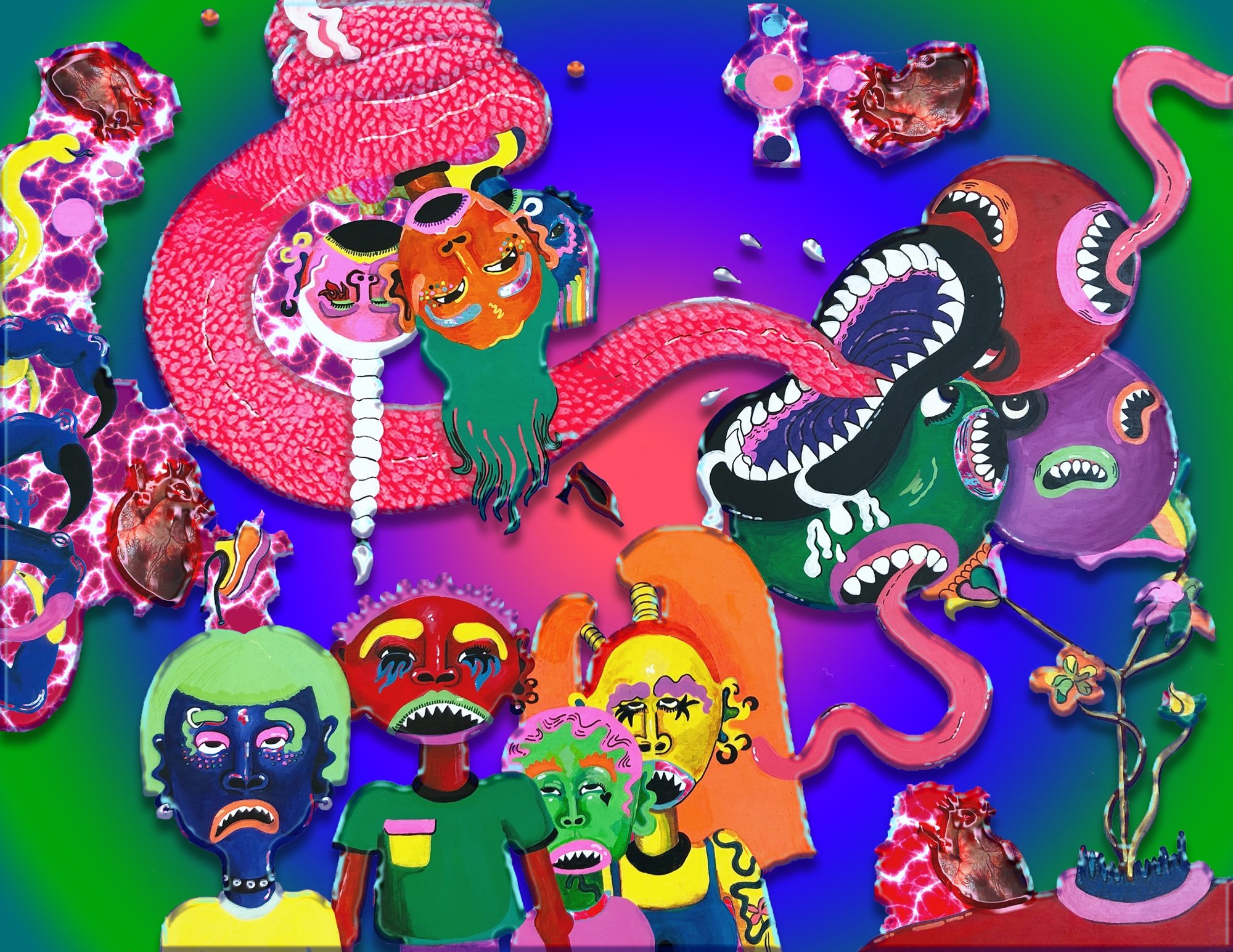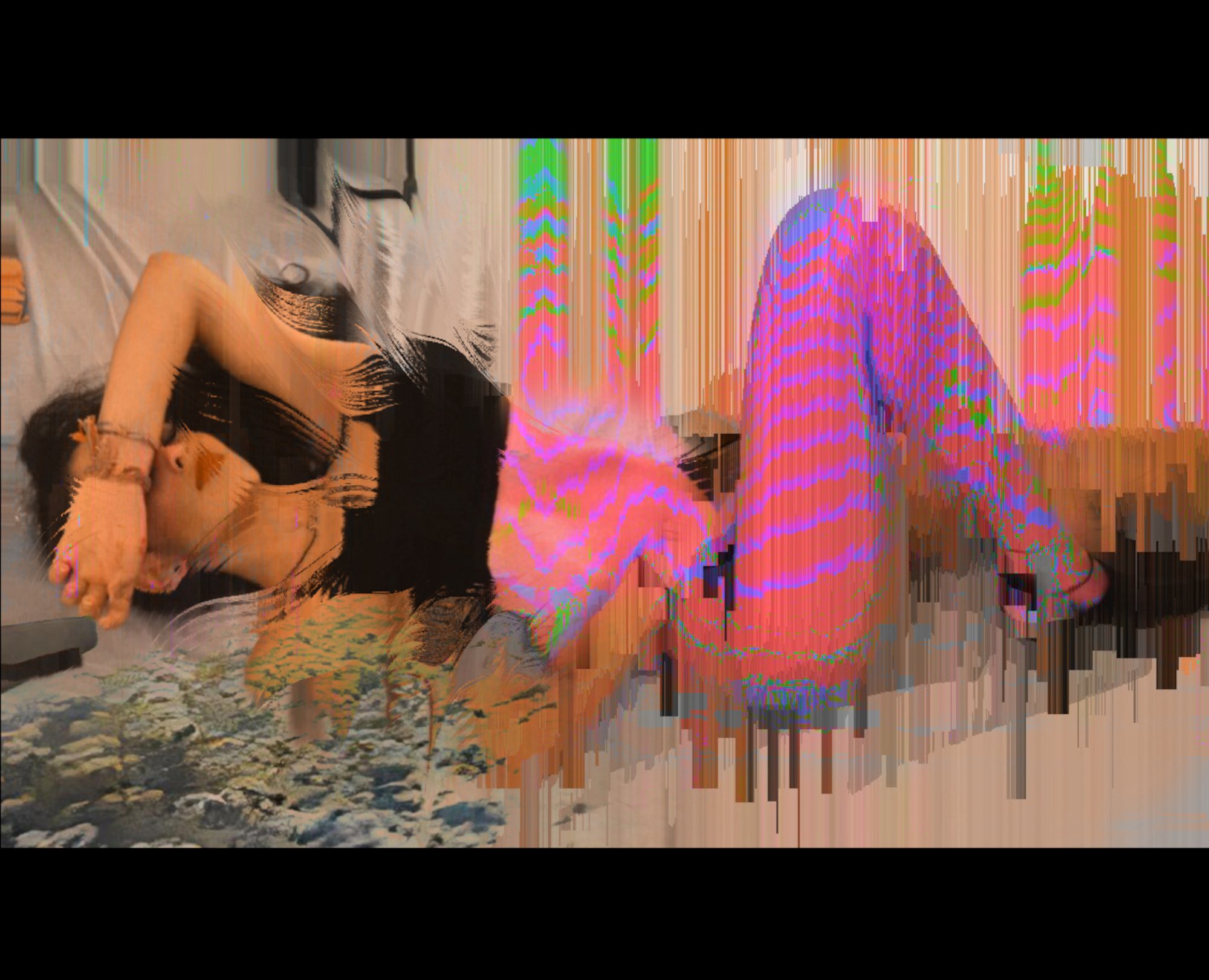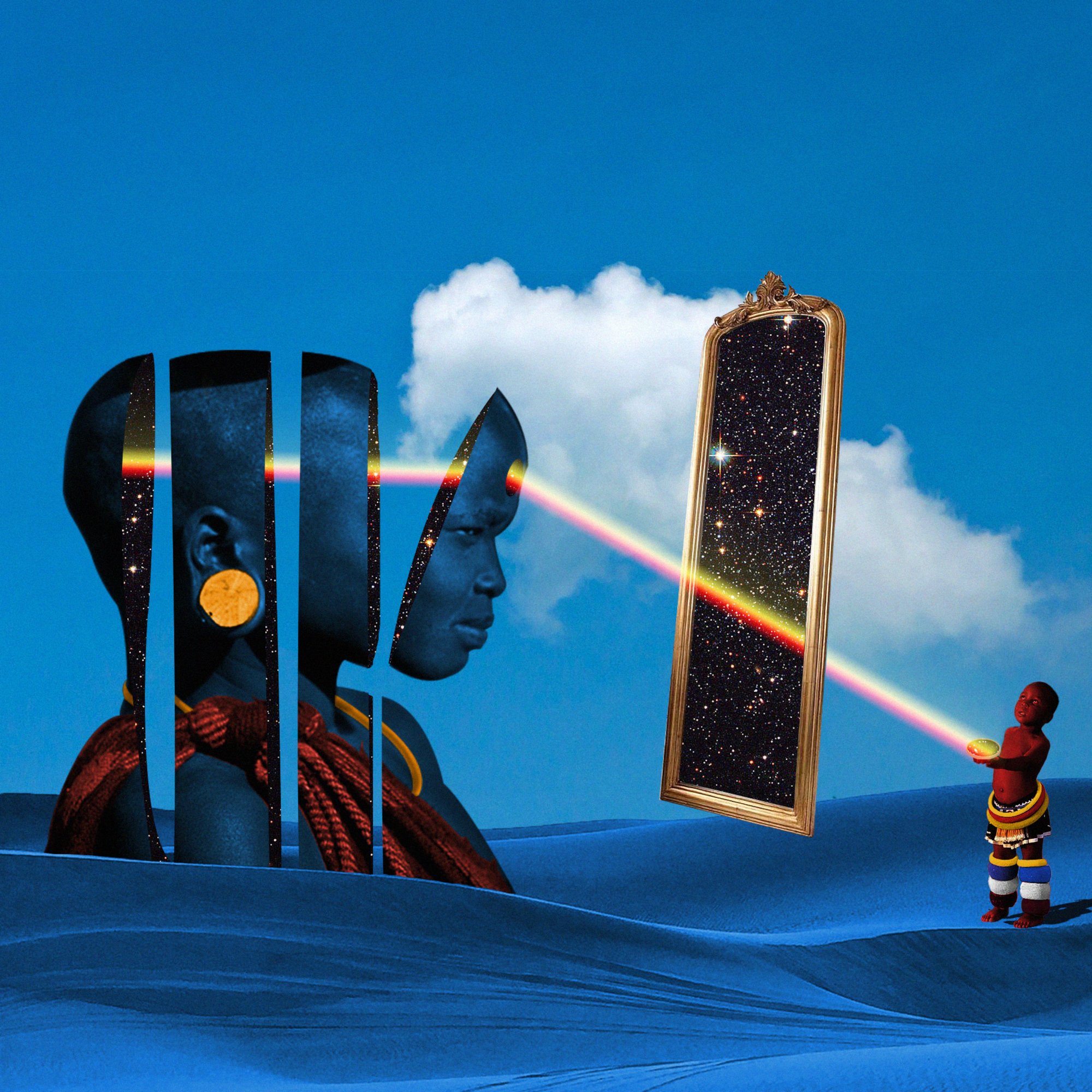As media partner for West Africa’s premier art fair, we explore the cryptosphere with this year’s NFT auction
In pace with the flourishing digital art scene on the African continent and the new era of crypto-art, ART X Lagos 2021 has joined forces with the leading marketplace for NFT artworks, SuperRare, to present the NFT auction ‘Reloading...’
An NFT (non-fungible token) is a unique piece of data that can be stored in any kind of digital file, such as a drawing, song or film. In the crypto-art scene it is versatlie, prolific and transforming the collector market. Essentially, to buy an NFT gives you ownership of a piece of digital art because it’s a unique asset whose value is bound by the Ethereum blockchain. Explained in terms of physical art collecting it can be understood like this; anyone can buy a replicated print of a Picasso painting, but only one person owns the original. This technology has been fuelling the digital art craze in recent times. Sotheby’s has sold more than $70 million of NFTs since it joined the crypto-art fray earlier this year and Beeple’s ‘Everydays – The First 5000 Days’ recently sold for a whopping $69 million at Christie’s, making the digital artist not only the creator of the most expensive NFT artwork, but the third-most-expensive of all living artists, sitting closely behind David Hockney and Jeff Koons.
‘Reloading…’ is SuperRare’s first mobilisation within Africa and it is co-curated by Nigerian crypto-artist Osinachi, who was the first contemporary African artist to sell an NFT. He finds that the cryptosphere to be a galvanising arena for African digital artists as it enables a de-centarlaised art market outside of the governing Eurocentric paradigms, allowing artists to practice independently and gain agency. “The blockchain has provided me the technology to create value for my work without having to go begging traditional art gatekeepers to be let in,” he asserts.
“The first thing ART X Lagos wanted to achieve with this exhibition is creating an opportunity for deserving African artists to enter the NFT space, despite such barriers as having to pay high gas (transaction) fees or even waiting for months to get onboarded to curated platforms,” Osinachi adds. “It is important to say that most of the artists taking part have never put out an NFT before now. Going beyond that, ART X Lagos is using ‘Reloading…’ as an avenue to create awareness and educate players in the African art scene around the NFT trend.”
Together with curators Maurice Chapot and Ayo Lawson, the auction gathers ten digital creatives from across the continent. “The artists share a singular vision of a technological relevant Africa. The works touch on themes such as the role of the female in the technology space; the constancy of change and the re-imagination of the past in the present. NFTs are here to stay.”
Here, Nataal speaks to four of the rising stars to hear their thoughts on the digital art boom in Africa.
How have you come to be a part of the digital art world?
South-African artist Rendani Nemakhavhani aka PR$DNT HONEY says:
I am a trained graphic designer who has been working in design, illustration and advertising for about eight years now. I am the kind of creative person who is interested and believes in making work with whatever medium feels most right at the time. I have collaborated with various people to bring my projects to life - writers, musicians and photographers to name a few. I've always been exposed to these kinds of people through the internet. I guess it felt natural to be a creator and make work that lives online.
Jamaican-born digital collage artist, Idris Veitch, says:
I studied Management Systems in Florida, and worked as a computer technician in Colorado before moving back to Jamaica to study fashion design at the Edna Manley School of Arts in Kingston. Shortly after graduating, I created a series of digital collages titled ‘African Masks X Ukiyoe’ that combined masks from different regions in Africa with uki-yo-e; a genre of traditional Japanese art using woodblock prints. With this body of work, I was able to take part in multiple exhibitions in Japan and Jamaica.
Moroccan self-taught visual artist, researcher and cultural worker, Youssef El Idrissi, says:
I joined the digital space in the early 2000s, which I found was a portal for freedom and exploration. I began visual experimentations with my project ‘Glitcharmony’, which I created though self-taught techniques. More recently, I have started to animate my art pieces, using analog machines and softwares relying on algorithms and node-based coding. I have a specific interest in ‘the glitch’, which is a technological error - my artworks mix error with human intent in search of order and harmony.
Senegalese digital artist and designer, Linda Dounia, says:
Growing up, being an artist seemed like an unattainable dream. I kept my drawings to myself and they became my secret hiding place where I processed the happy, sad, and confusing events in my life. As an adult, I became a visual and product designer, a covert way to still make art while earning income. But it got to a point where meeting a client’s demands came secondary to form. I knew at that point that I needed to build an artistic practice. This realisation came to me when the pandemic hit. I started to research what avenues were available to me. Having never been to art school, being a woman, not having any connections to the traditional art market and a slew of other factors were barriers. But I looked, I researched, I asked around. Fortunately, a friend who was on a similar journey told me about NFTs.
“The digital art boom in Africa, enabled by NFTs, is a revolution in our ability to protect our cultures”
What does the NFT space mean for you as an artist?
PR$DNT HONEY says:
I am very new to the NFT space, so it is a bit unfamiliar to me but I think it's a good opportunity for independent artists to be in a field that has less gatekeeping. It's also a good way for digital art to carry real value.
Idris Veitch says:
The NFT space represents a community that has been very welcoming and supportive. Mainly using Twitter, and also Clubhouse and Discord, I've been able to discover an abundance of talented artists. The community is what keeps me hooked in as I'm able to exchange ideas and collaborate with other people in a nurturing environment.
Linda Dounia says:
Firstly, from a technical and financial standpoint, minting art as an NFT guarantees its provenance. There are many stories of artists, especially from marginalised communities, whose work is resold for many times its initial price, and yet, they never get to enjoy those returns. If we take a long-term view, this technology allows me to retain proof of my existence as an artist, to retain the rights of ownership over my work, and to continue to profit from it. As a black African woman, NFTs are not just a neat invention, they allow me to gain control over my legacy, which to me, is political.
I also like that NFTs embrace various forms of technology as mediums in their own rights. I am a mixed media artist so both analog and digital technologies are an integral part of my artistic process. Finally, I love the relatively un-curated aspects of art NFTs. Every day, I am challenged to consider what I previously couldn’t imagine being art, as art in its own right. I am exposed to artists from all over the world, many of whom, like me, would have a very hard time finding a home in the traditional art world.
Youssef El Idrissi says:
When I first discovered NFTs, I was enthusiastic to know more. Once I understood how all of it works, I was amazed and wanted to jump in. Through ‘Reloading...’, I can finally make this happen and mint my first piece. The revolutionary idea behind NFTs brings back power and freedom to creators and artists. Through its transparent process and lack of middle-men, NFTS brings us autonomy and independence.
Tell us about your piece in ‘Reloading…’?
PR$DNT HONEY says:
‘3metah for my baby’ is a bank note that looks unordinary in relation to how bank notes usually look in South Africa. As in any country, we have colloquial terms that we use to refer to money. A ‘meter’ is equivalent to 1 million Rand, so this newly imagined bank note that is worth 30 million rands. It speaks to the financial power dynamics between men and women and to the roles and responsibilities that are cast upon us without our consent. And in this particular story, we're looking at a man who has felt the pressures of not having money and finally having more than enough to finally be able to support his family.
Idris Veitch says:
‘Twin Flame’ was inspired by a brief, explosive relationship I was in. How it ended made me curious about peoples' personalities, habits and quirks that coalesce in relationships. The layers in each of the characters serve as representations of those different dynamics.
Linda Dounia says:
‘My Body Remembers’ is my first self-portrait ever minted. I created the base for this piece three years ago but it took until now to be emotionally ready to revisit it. The piece is about the toxicity in my relationship with my body. When I was a child, I felt at home in my body. Time has a grip on women, or rather on our bodies. With its passage, we learn to grow aware of it, to fear the violence it attracts. It is hard to feel at home when your home is constantly invaded, appropriated, robbed. My story is no different. Over the years, I have learned to live with a body I don't feel safe in. It is hard to experience freedom when you are constantly in a battle with yourself, under the scrutiny of others, seeking to be praised rather than to feel. The resulting piece is a loop of animated pixels simulating my physical embodiment, its capacity for remembrance, and the complexity of unlearning violence.
Youssef El Idrissi says:
‘Overwhelming_Noise’ is an audiovisual piece that is meant to portray the ever-changing nature of life. It shows a faceless face and particules moving like waves back and forth. It's an articulation of this all pervasive energy, impersonal yet very vivid, many yet one, overwhelming by its noise yet reassuring by its colourfoul nature.
Where do you want to see the Africn digital art scene progressing?
PR$DNT HONEY says:
I would like to see it be more profitable for African artists. Being financially stable and equipt makes for a better creative. I hope that African digital art can also be taken and considered to be a more serious form of art. It is important and relevant to the time that we are living in.
Idris Veitch says:
As the NFT marketplace continues to mature, I hope to see more and more artists on the platform. It is a great place to meet like minded individuals, and more importantly a direct way to get your artwork out there into the hands of collectors that support and believe in your work.
Linda Dounia says:
I am deeply curious about the variety of stories artists from Africa are telling through digital art. Already, we have made waves in the NFT market, sharing work, building community and earning an income. Many artists have deeply rooted practices and promote their cultures, cosmologies, and knowledge systems through NFTs. They are effectively creating proofs of the diversity of cultural perspectives and expressions in Africa on the blockchain, thereby challenging the idea that Africa is a monolith. Eventually, should their freedom to express themselves wholly be fiercely protected, I think the dream of decolonising art and design can finally be attainable.
Youssef El Idrissi says:
I am seriously happy to see that NFTs are blooming in our continent. Being an activist and researcher on decolonial thought and spatial representations, I am enthusiastic to see how African artists are taking on the digital space. My predictions are very optimistic, I think more and more artists and art organisations will join it. Creatively, economically, and socially the ecosystem is getting stronger by uniting artists, collectors, galleries, curators and more.
Reloading… at ART X Lagos 2021 runs from 4-7 November at The Federal Palace in Lagos and digitally from 4-21 November
Words Xanthe Somers
Visit ART X Lagos
Visit Superrare
Published on 04/11/2021


